Service hotline
+86 0755-83975897
 en
en Release date:2025-02-20Author source:KinghelmViews:1984
This blog aims to discuss, albeit at a high level, how these changes influence the constraints on sensor design and what sensor module consumers are likely to look for as these trends progress.
Sensors in IoT
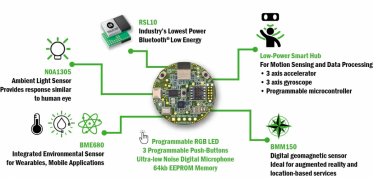
Emerging factors in the IoT market are driving sensor design towards integration, with multiple sensors and processing technologies being combined into a single chip. This approach reduces space usage and enhances sensor fusion capabilities.
However, while inertial sensors like accelerometers and gyroscopes can leverage MEMS manufacturing and integrate with semiconductor processes, high-frequency and magnetic sensors require special materials and complex SiP development, which demands substantial investment.
Additionally, modern sensor design faces inherent errors and interference issues; for instance, piezoelectric sensors are susceptible to impacts, vibrations, and electromagnetic interference. Although data processing techniques such as averaging and windowing can reduce errors, more advanced signal processing technologies are needed to improve data accuracy and fidelity at higher data transmission rates.
1. Selection of Wireless Connectivity Standards
2. Selection of IoT Connectivity/Antenna Modules
3. Certification and Compliance Testing
High-frequency electronics and sensors to be integrated alongside high-speed digital signal processing electronics and greatly increase the response time and fidelity of sensors built with this technology. That includes automotive radars, radar-based proximity sensors, and microwave/millimeter-wave imaging systems.
There is also a growing body of research and research efforts focused on realizing more complex metamaterials (metastructures) on-chip for enhanced sensor transducers and signal processing capability. Examples include metamaterial polarizers used to replace waveguide polarizers for topological optimization of on-chip photosensors. Integrated metastructures alongside sensors could be a key factor in reducing error and noise in sensor data by providing passive signal conditioning that doesn’t add substantial delay in the sensor data signal.
As with many other technologies, miniaturization, enhanced efficiency, and greater accuracy are the future demands for IoT sensor technologies. This is a growing challenge, especially as many sensor technologies are limited in their potential for miniaturization or integration with processing or communication technologies. Hence, there is likely room for new, more integrable sensor technologies to replace legacy sensor technologies not so readily made to fit the compact and highly optimized form factors of IoT systems.
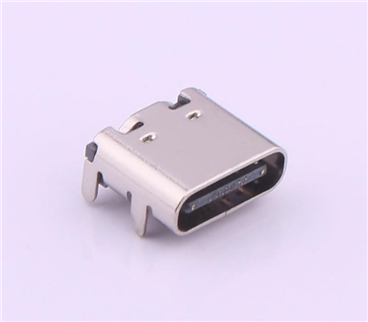
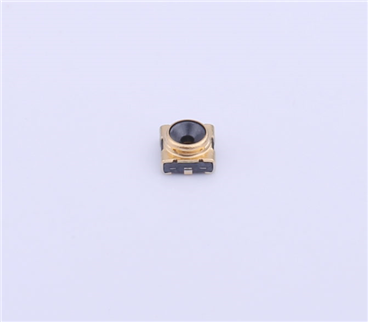
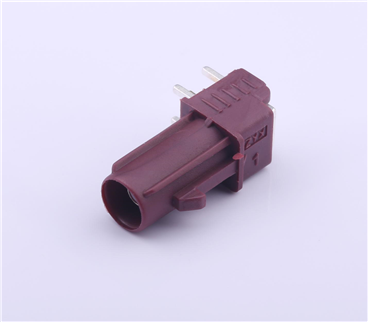
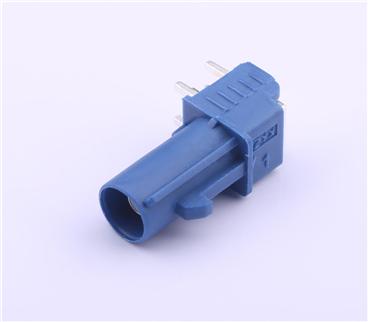
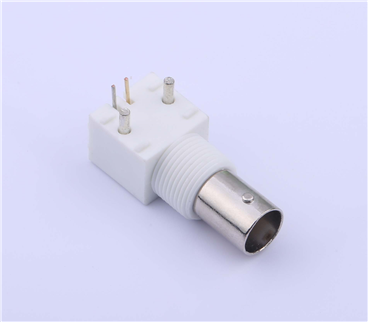
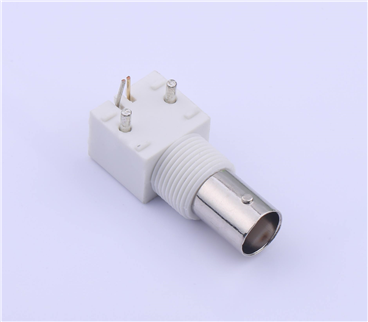
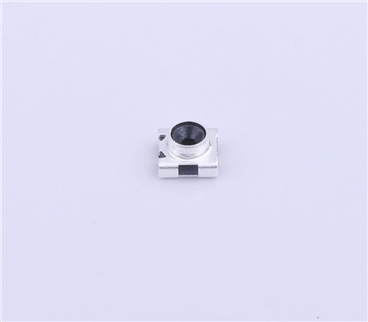
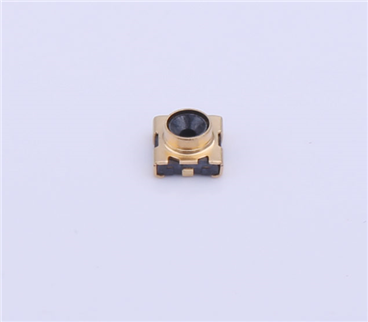
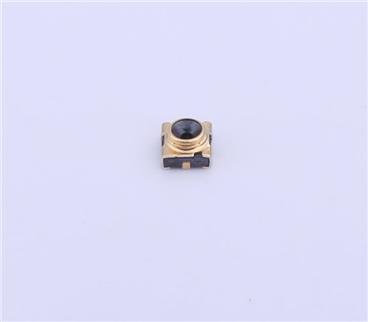
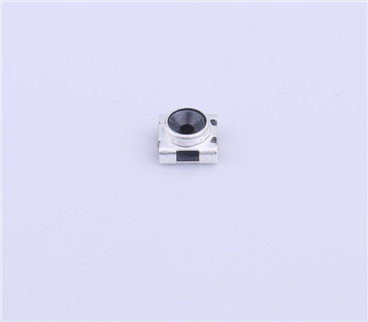
Copyright © Shenzhen Kinghelm Electronics Co., Ltd. all rights reservedYue ICP Bei No. 17113853
